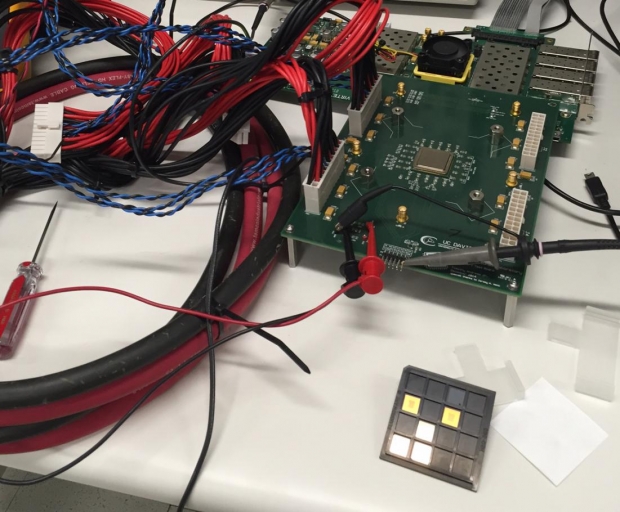The team developed the energy-efficient 621 million transistor “KiloCore” chip so that it could manage 1.78 trillion instructions per second and since the project has IBM's backing it could end up in the shops soon.
Team leader Bevan Baas, professor of electrical and computer engineering said that it could be the world’s first 1,000-processor chip and it is the highest clock-rate processor ever designed in a university.
While other multiple-processor chips have been created, none exceed about 300 processors. Most of those were created for research purposes and few are sold commercially. IBM, using its 32 nm CMOS technology, fabricated the KiloCore chip and could make a production run if required.
Because each processor is independently clocked, it can shut itself down to further save energy when not needed, said graduate student Brent Bohnenstiehl, who developed the principal architecture. Cores operate at an average maximum clock frequency of 1.78 GHz, and they transfer data directly to each other rather than using a pooled memory area that can become a bottleneck for data.
The 1,000 processors can execute 115 billion instructions per second while dissipating only 0.7 Watts which mean it can be powered by a single AA battery. The KiloCore chip executes instructions more than 100 times more efficiently than a modern laptop processor.
The processor is already adapted for wireless coding/decoding, video processing, encryption, and others involving large amounts of parallel data such as scientific data applications and datacentre work.




